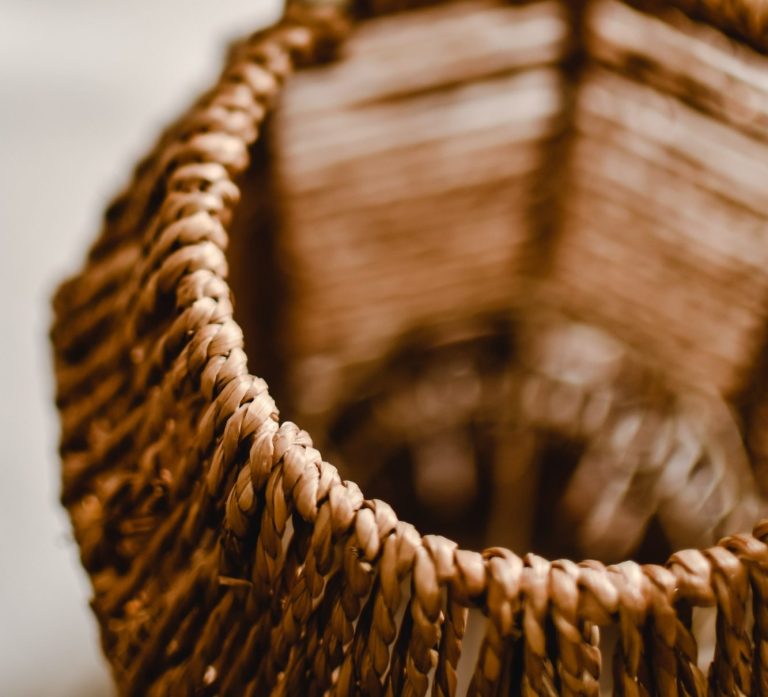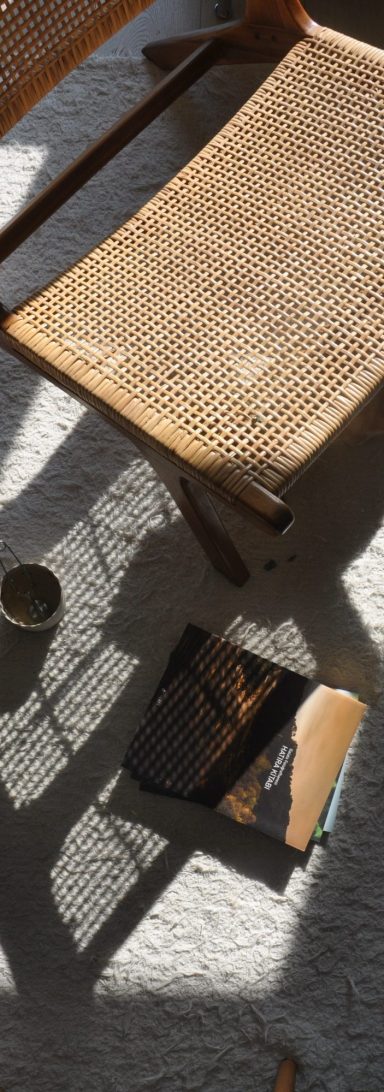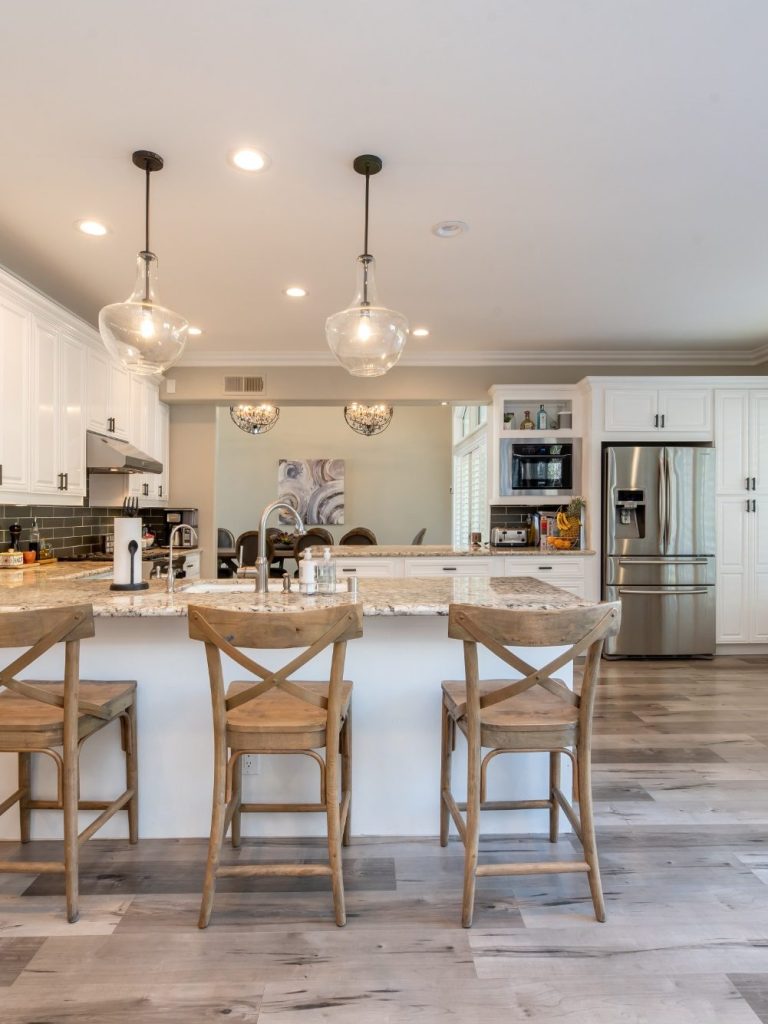Pierce Butler
Based in Stone, Buckinghamshire, I specialise in traditional cane, rush and seagrass seating with over 20 years of hands-on experience. From antique chairs and stools to bespoke benches, my work is trusted by private clients and the antiques trade alike.
Restoring tradition with craftsmanship that lasts


Restoring
antiques means keeping the past present,
right at the heart of your home.
Traditional weaving techniques, honoured.
With over 20 years experience in the furniture restoration industry, Pierce Butler, is dedicated to totally reliable, high-quality woven furniture restoration to both private clients and the antiques trade.
Providing traditional rush seating for all types of chairs, stools, benches and shelving together with chair caning and seagrass seating, with occasional space for reupholstery work, too.


Offering
Spider backs
Sunbursts
Double cane work
Bergere work
Bedroom chairs
Dining chairs
Headboards
Beading
Staining
Rattan
Prewoven cane
Antique woven seats
Thonet chairs
Danish cord
Seagrass
Wicker
Some examples
Restoring Furniture with Care
From cane and rush seating to Thonet chairs and other classic pieces, each item we work on is treated with care and precision. Whether it’s repairing joints, weaving new seats, or gentle refinishing, our goal is to bring your furniture back to life while keeping its character intact.
Every restoration is crafted to last, combining traditional techniques with over 20 years of experience.
With Aylesbury Cane and Rush you can expect the best, with no exceptions.
Frame Repairs & Structural Work
From time to time, we uncover hidden issues during restoration — especially with older pieces where the cane or rush has been holding the frame together. In these cases, the frame needs to be dismantled, re-glued and reassembled before any seat weaving can begin.
Because caning puts significant stress on a chair frame, all joints must be strong and secure before restoration can go ahead. If additional repairs are required, we’ll always explain what’s needed and provide a clear cost before continuing.
Cane.
The technique of weaving cane together to form a decorative patterned panel has been used for thousands of years. Weaving cane as a method of chair seating was first introduced into England during the second half of the 17th century. It has been dated as far back as ancient China and archeologists have discovered caned chairs in Egyptian tombs dating to 1300 B.C.
Rush.
The origins of rush seating are lost in the mists of ancient history. Certainly the use of rushes goes back at least to the 4th millennium BC: there's evidence of rush work from excavations at Ur in southern Iraq. In ancient Egypt, about 3,500 years ago, throne-chairs with seats of plaited reeds or rushes were used.
Upholstery.
Upholstery is the work of attaching a furniture frame with padding, cushioning, and fabric or leather textile covers. The material makes a significant difference to the visual identity of the chair, and while the interior elements may not be visible, they make a big difference to the comfort and ergonomics of the piece.
Care.
We stick to traditional methods, ensuring the craft honours the history of the furniture you wish to restore.













